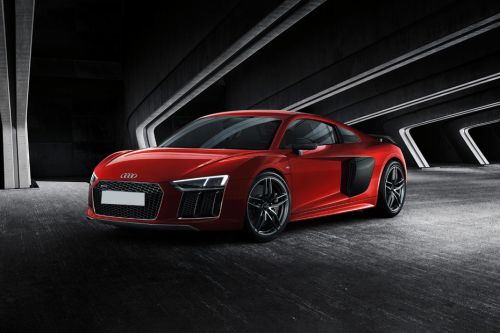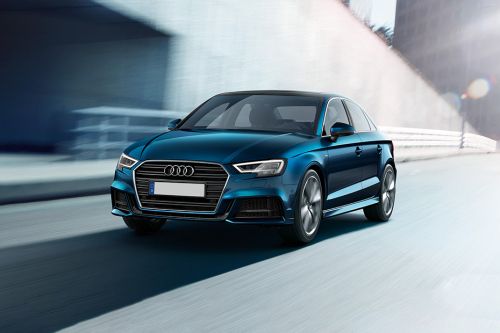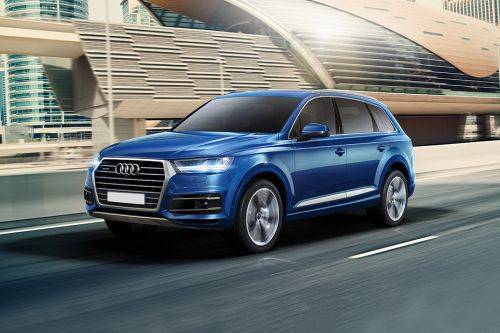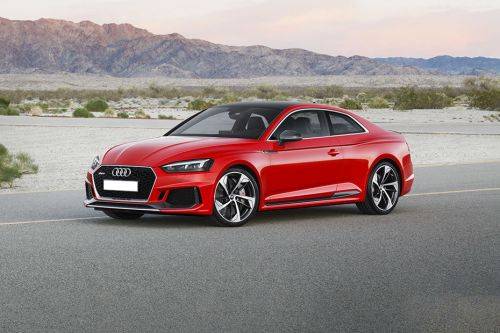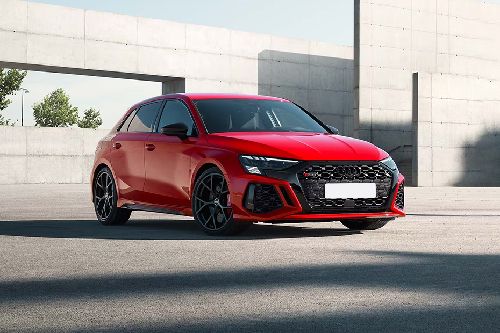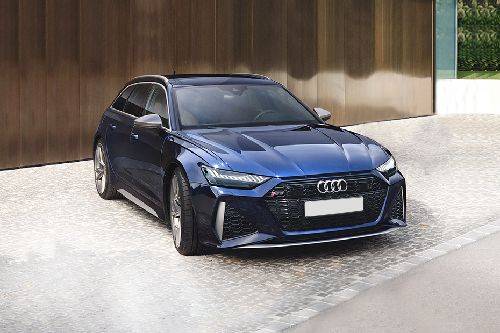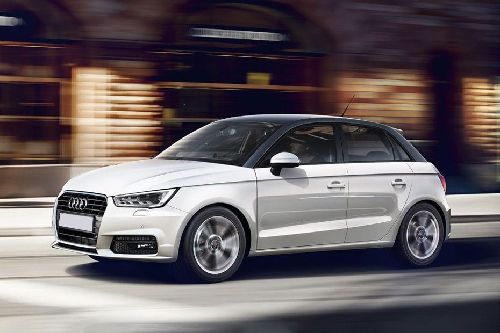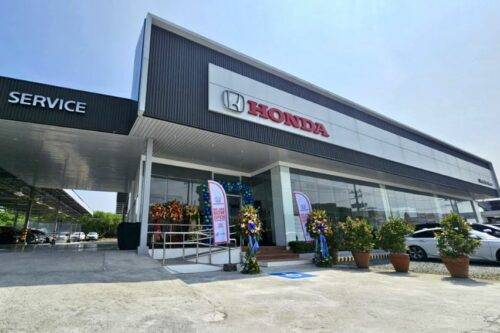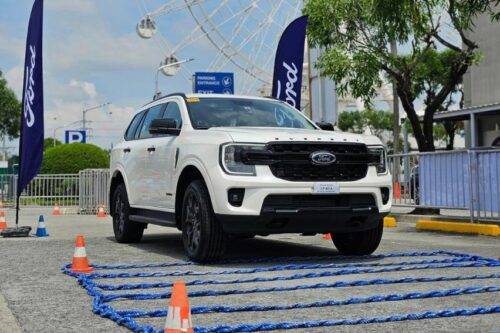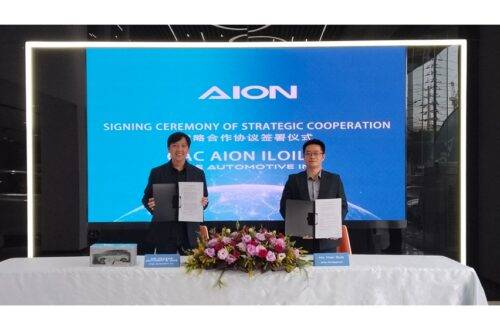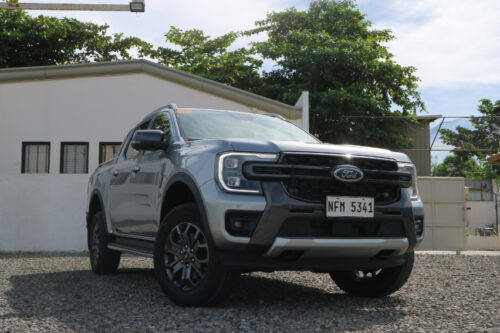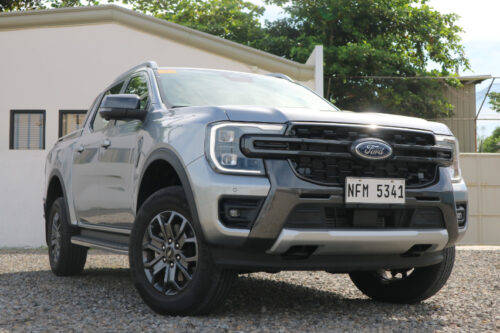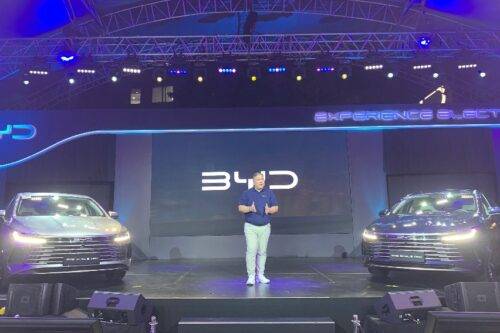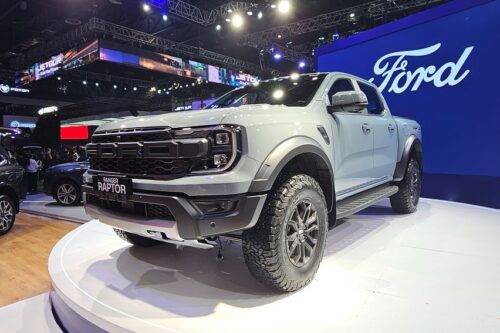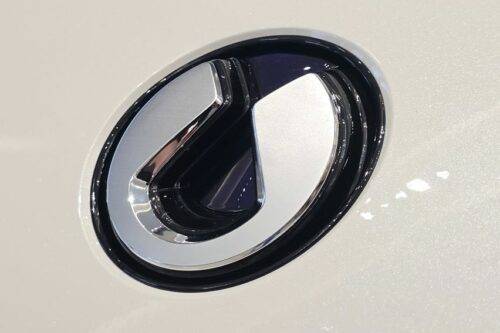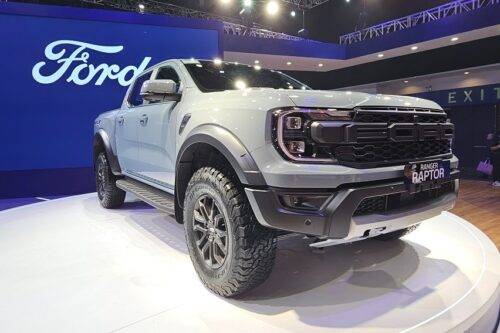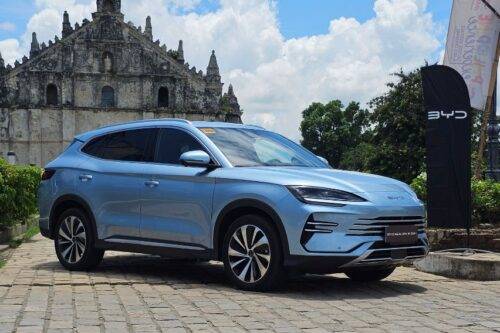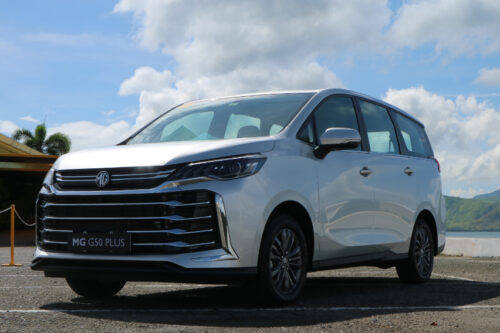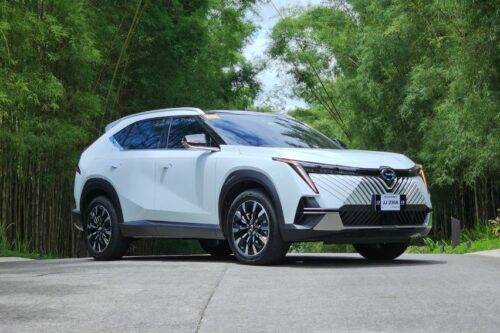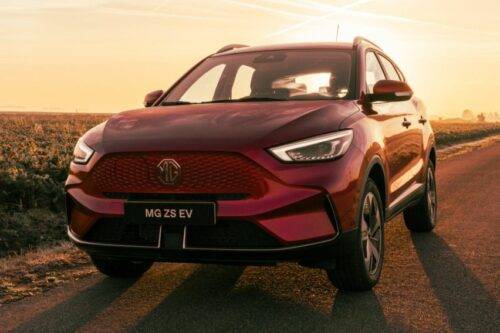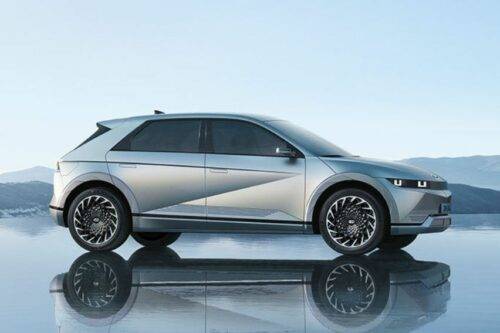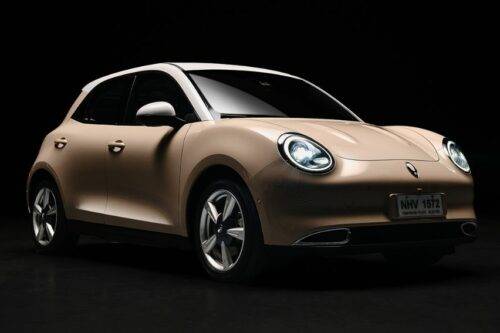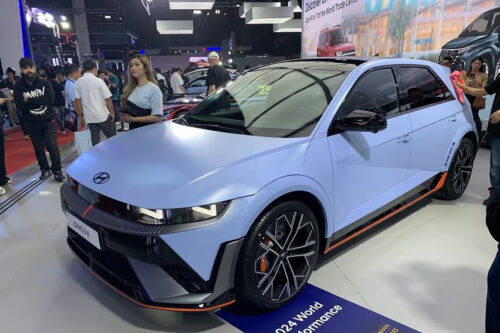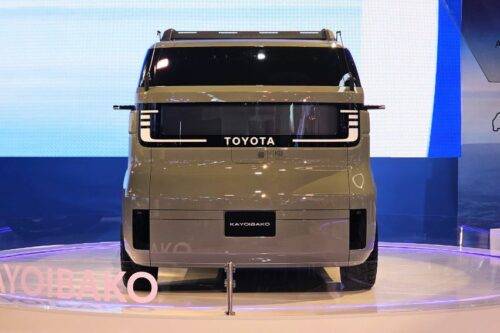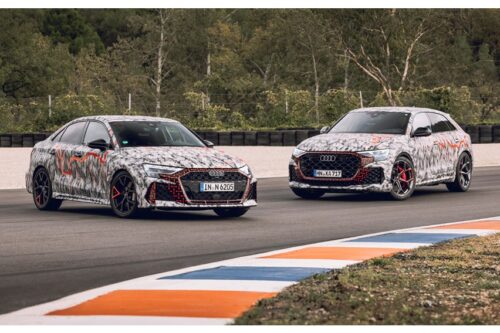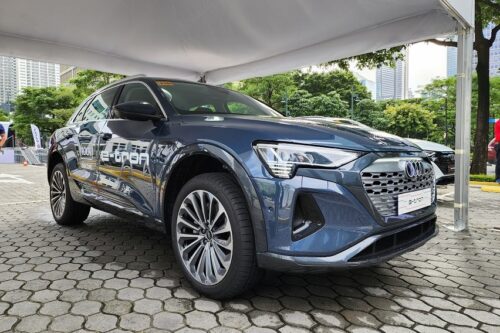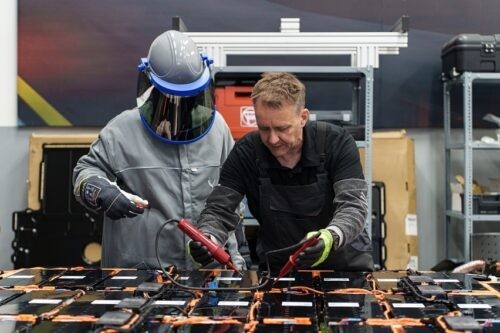Audi Sport introduces more aerodynamic, more efficient RS Q e-tron
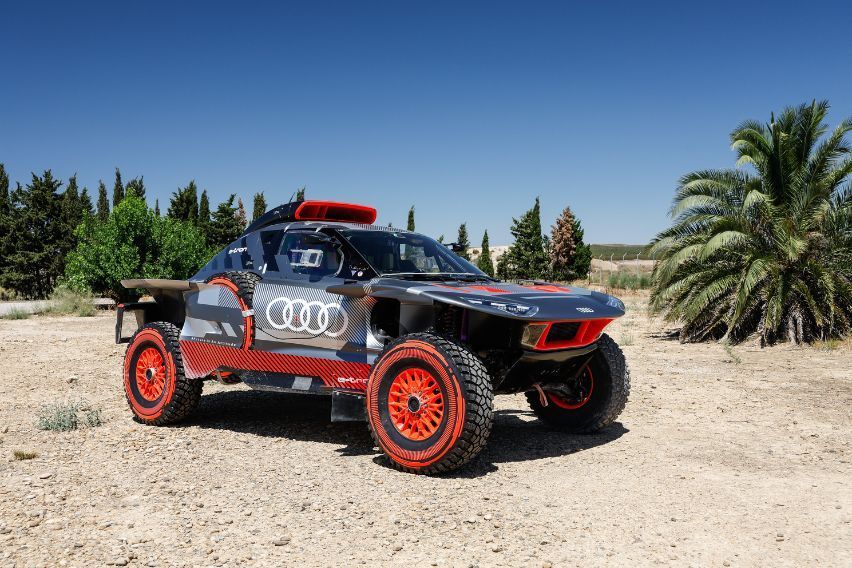
MANILA: Audi has unveiled the improved Audi RS Q e-tron that will be used at the 2022 Morocco Rally and 2023 Dakar Rally.
KEY TAKEAWAYS
What powers the Audi RS Q e-tron E2?
The Audi RS Q e-tron E2's electric drivetrain is made up of a high-voltage battery, two electric motors mounted on the front and rear axles, and an energy converter made up of an internal combustion engine and a generator.Where will the Audi RS Q e-tron E2 make its rally debut?
The Audi RS Q e-tron E2 will compete for the first time at the Rally du Maroc from October 1 to 6.The body is entirely new and has significantly improved aerodynamics. It helps reduce the weight and center of gravity of the prototype. The electric drivetrain is now even more efficient, thanks to new operating strategies. The driver and co-driver can operate more easily inside and when switching wheels. The RS Q e-tron rally car now has the abbreviation E2 as a result of these changes. It is comparable to the renowned Audi Sport quattro in the 1980s, when it was in the latter stages of development for Group B rallies.
The Audi RS Q e-tron won its first desert rally in Abu Dhabi last March.
“We’ve managed a good debut at the Dakar with the Audi RS Q e-tron and even our first stage victories in a motorsport discipline is new to us. The entire team is working excellently together and pulling in the same direction. As is usual at such an early stage, the drivers, co-drivers and technicians quickly agreed on the next development targets. We have summarized the result in a new evolution package – the Audi RS Q e-tron E2,” Audi Sport Managing Director Rolf Michl stated.
The second phase of the development program has officially started. Team Audi Sport will practice with the new prototype in Morocco in October in preparation for the 2023 Dakar Rally.
“The Audi RS Q e-tron E2 does not adopt a single body part from its predecessor. We are now doing away with the underflow of the rear hood to the left and right of the B-pillars. In conjunction with modified lay-ups, i.e. optimized fabric layers of the composite materials, this solution reduces weight,” Audi RS Q e-tron Chief Designer Axel Loffler said.
The cockpit, originally narrowly recessed towards the roof, is now much wider in order to meet the required interior dimensions. A revamp has also been made to the front and rear hoods.
In the future, the T1U prototypes will need to weigh 2,100 kilograms instead of 2,000. It was still necessary to drop a few dozen kilograms because the original RS Q e-tron was overweight. As a result, the center of gravity of the vehicle was also reduced.
The aerodynamic concept in the area of the body under the hood is entirely new. This portion practically has the shape of a boat's hull, with its widest point at the height of the cockpit and a body that gradually narrows toward the front and rear. The section of the fenders that was previously behind the front wheels and served as a transition to the door has been removed by Audi. The “elephant foot” structure, as it was called internally, allowed the designers to reduce weight while enhancing airflow.
“The aerodynamic aspect should not be underestimated in desert rallying either,” Loffler stated. The body has a larger and therefore less advantageous cross-section due to the new cockpit size. However, it was able to reduce the total aerodynamic drag by around 15%. The top speed remains the same. The regulations still limit it to 170 kph. However, the increased air flow has one significant benefit. “It further reduces the energy requirements of the electrically powered car,” Loffler said. “We implemented the aerodynamic calculations entirely using computational fluid dynamics.” The time-consuming work in the wind tunnel is replaced by these computer simulations, which still produce incredibly accurate results.
The Audi RS Q e-tron E2's electric drivetrain is made up of a high-voltage battery, two electric motors mounted on the front and rear axles, and an energy converter made up of an internal combustion engine and a generator.
Only in extreme situations did challenges come up. Audi, for instance, saw momentary power surpluses at the Dakar Rally when the wheels made less ground contact while jumping or on rough terrain. The FIA officials intervene at a threshold of 2 kilojoules of extra energy and apply sporting penalties.
“By way of comparison, more than 100 times the amount of energy flows to the motors per second within the permissible limits. We could have made it easy on ourselves and set our threshold several kilowatts lower, but that would have meant performance disadvantages. Instead, we put a lot of fine-tuning into the power controllers,” Audi Development Engineer for Embedded Software, Application, and Test Bench Florian Semlinger stated.
The software now resets two individual limits, one for each motor, in milliseconds. As a result, it operates precisely within the allowed limit.
Optimized control also benefits the so-called auxiliary customers. The energy balance is strongly affected by the servo pump, the airconditioning cooling pump, and the fans. The Audi and Q Motorsport rally team received substantial experience during the 2022 debut season, which helped with the evaluation. For instance, the airconditioning system operates so aggressively that when it is continuously operating at maximum capacity, the coolant may freeze. The system will operate in an erratic manner in the future. This reduces energy use, yet even over longer durations, there is little fluctuation in interior temperatures. Additionally, the servo pump and fans' operation mechanisms have been improved. The systems can now be regulated differently since the loads on the liaison stages are lower than those on the special stages.
Audi drivers Mattias Ekstrom, Emil Bergkvist, Stephane Peterhansel, Edouard Boulanger, Carlos Sainz, and Lucas Cruz look forward to their new rides. The displays are still in the driver's line of sight and placed in the center console in the usual manner, and the center switch panel with its 24 fields has also been retained. However, the displays and controls have been reorganized by the engineers.
“The totality of all the functions quickly creates confusion. That’s why, for the first time, the driver and co-driver can now select from four system areas using a rotary switch,” Semlinger said.
The “Stage” theme includes all the functions necessary for competitive driving, such as the speed limiter in areas with speed limits and the air jack. The “Road” part contains turn signals and the rear-view camera that are frequently used in liaison stages. The “Error” option is used to detect, classify, and record errors. The “Settings” section contains everything that the engineering team needs for testing or when the car arrives at bivouac, including specific temperatures for each system.
Crews can now work more easily after a puncture. The previous bulky coverings for the spare wheels in the flanks have been replaced with uncomplicated, flat body parts that are easy to remove. Rotiform's new ten-spoke rims are easier to handle. They are easier to grip for drivers and co-drivers, allowing for a safer change.
“We have combined all the important lessons in a very short time. The result of our ideas is the E2 evolution. Our development team’s determined and cost-efficient work has prepared us perfectly for our second Dakar Rally,” Audi Sport Vehicle Operations Head Uwe Breuling stated.
The initial testing of the Audi RS Q e-tron E2 was led by Audi Sport Test Engineering Head Arnau Niubo Bosch. The prototype will compete for the first time at the Rally du Maroc from October 1 to 6.
All Audi driver pairings will compete in the desert rally, which will start and end in Agadir in the southwest of Morocco.
Photos from Audi
Also read: Audi to present future 'sphere' concepts, past rally racers at Monterey Car Week
Sell your car at the best price
 Verified and genuine buyers
Verified and genuine buyers
Audi Car Models
PIMS 2024
- Latest
- Popular
You might also be interested in
- News
- Featured Stories
- Latest
- Popular
Latest Audi Car Videos on Zigwheels

Audi Car Articles From Carmudi
- journal


